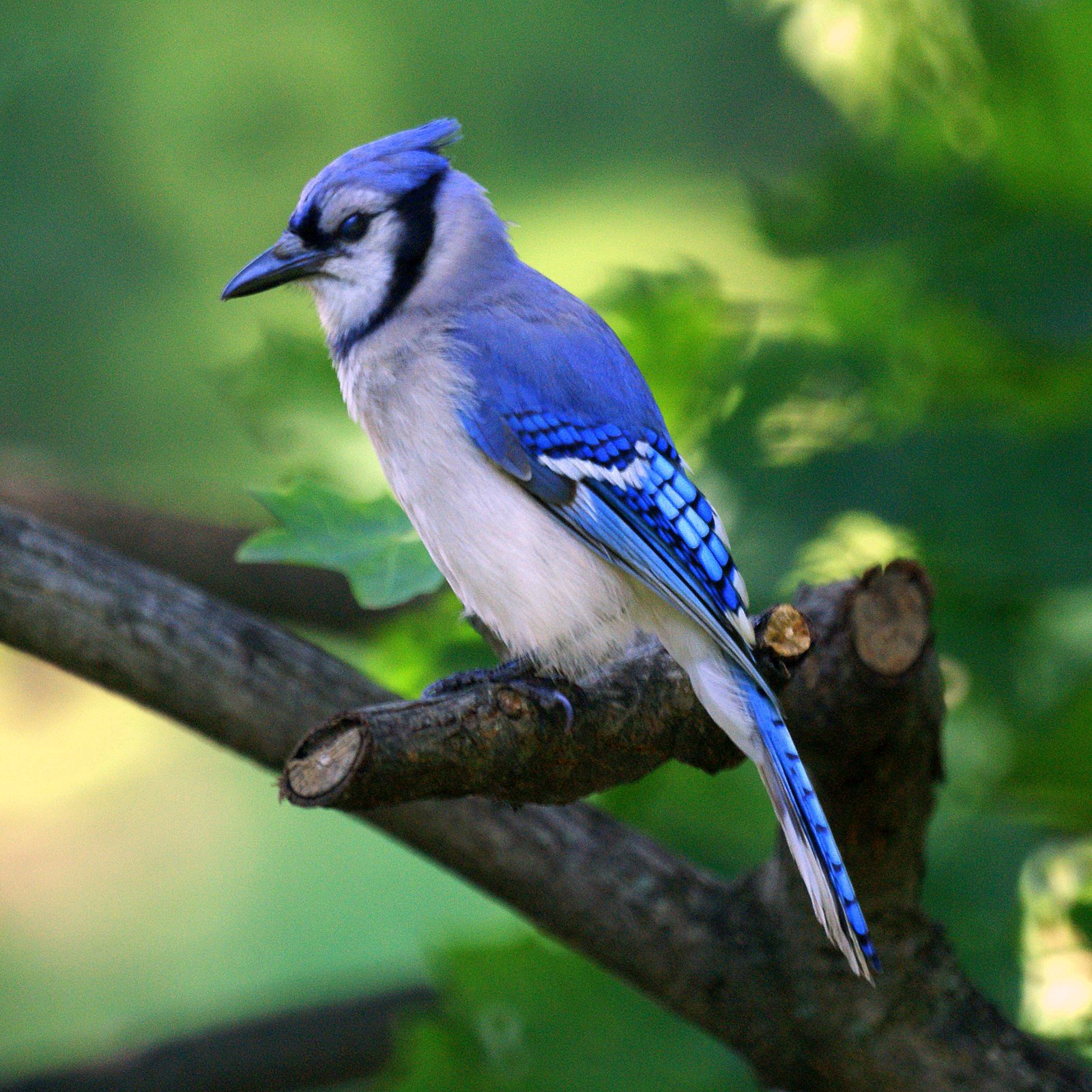Jays Definition delves into the multifaceted world of the word “jay,” exploring its linguistic roots, ornithological significance, cultural interpretations, and common usage. From its etymology across various languages to its symbolic representation in folklore and art, this exploration reveals the rich tapestry of meanings woven around this seemingly simple term. We will examine different jay species, their unique characteristics, and their roles in different cultures and ecosystems.
This in-depth analysis traces the evolution of the word “jay” through history, showcasing its diverse applications in literature, idioms, and everyday conversation. We will also analyze the visual characteristics of several jay species, comparing and contrasting their plumage, beaks, and overall appearances, offering a comprehensive understanding of these fascinating birds.
The Etymology and Ornithological Aspects of “Jays”
The term “jay” boasts a rich history, encompassing linguistic evolution, scientific classification, and diverse cultural interpretations. This exploration delves into the word’s origins, the ornithological characteristics of various jay species, and the bird’s symbolic significance across different cultures and common usage.
Understanding the precise definition of “Jays” can be surprisingly complex, encompassing various species and regional dialects. However, efficient waste disposal is equally important, and residents can find their specific collection days by checking the San Diego Trash Schedule. Returning to Jays, further research reveals the multifaceted nature of this seemingly simple term, highlighting the need for precise definitions across various fields.
Etymology and Linguistic History of “Jays”

Source: blogspot.com
The word “jay” traces its roots back to the Old French word ” gai,” meaning “magpie” or “chattering bird.” This term, in turn, is believed to derive from the Proto-Germanic word “*gaiz,” also associated with magpies and their vocalizations. The English word “jay” emerged in the Middle English period, retaining the core meaning of a noisy, colorful bird. Historical texts from the 14th and 15th centuries frequently depict jays as mischievous and talkative creatures, mirroring their present-day perception.
The etymology of “jay” shares similarities with words like “gaiter,” a type of shoe, suggesting a possible connection to the bird’s quick and agile movements.
A timeline illustrating the linguistic journey of “Jays” could be structured as follows: Proto-Germanic (*gaiz) –> Old French (gai) –> Middle English (jay) –> Modern English (jay).
Ornithological Definition of “Jays”
Jays belong to the family Corvidae, encompassing a wide variety of species characterized by their intelligence, vibrant plumage, and distinctive calls. These birds are found across diverse habitats globally, showcasing remarkable adaptations to their environments.
| Species Name | Habitat | Physical Description | Notable Behaviors |
|---|---|---|---|
| Blue Jay (Cyanocitta cristata) | Deciduous forests of North America | Bright blue, white, and black plumage; crested head; strong beak | Highly vocal; known for mimicking sounds; caches food |
| Steller’s Jay (Cyanocitta stelleri) | Coniferous forests of western North America | Dark blue and black plumage; crested head; strong beak; larger than Blue Jay | Bold and aggressive; opportunistic feeder; strong flier |
| Eurasian Jay (Garrulus glandarius) | Forests across Eurasia | Varied plumage with brown, white, and blue; distinctive black facial markings; shorter crest than Blue or Steller’s Jay | Caches food; known for its mimicry; relatively shy compared to North American jays |
Cultural and Symbolic Interpretations of Jays
Jays hold diverse symbolic meanings across various cultures. Their vibrant plumage and vocalizations have often inspired artistic expression and folklore.
In some Native American cultures, the jay is associated with trickery and mischief, while in others, it represents communication and adaptability. European folklore frequently depicts jays as messengers of the gods or as harbingers of both good and bad fortune. The contrasting cultural perceptions highlight the jay’s complex symbolism, reflecting its diverse behaviors and striking appearance. In Celtic mythology, for example, the jay is sometimes linked to the otherworld and prophecy, while in some Asian cultures, it may symbolize courage and independence.
The blue jay, with its striking plumage, often symbolizes intelligence, communication, and adaptability in certain Native American traditions, reflecting the bird’s ability to mimic sounds and its cunning behavior.
“Jays” in Common Usage and Idiomatic Expressions

Source: gamesmartz.com
While primarily used to refer to the bird, “jay” occasionally appears in informal contexts. There are no widely recognized idiomatic expressions specifically incorporating “jay,” though the bird’s characteristics – its vocalizations and intelligence – might indirectly inform colloquial usage. For example, someone might jokingly refer to a talkative person as a “jay” due to the bird’s known vocalizations.
The word’s contextual nuance depends entirely on the setting. In ornithological discussions, it holds a precise scientific meaning. In casual conversation, it might function as a simple label for the bird or, metaphorically, to describe someone chatty.
Visual Representation of Jays, Jays Definition
The Blue Jay is easily recognizable by its vibrant blue, white, and black plumage. Its crest is prominent, often raised when agitated or excited. The beak is strong and conical, well-suited for cracking seeds and nuts. The bird’s posture is typically upright, conveying alertness. It’s a medium-sized bird, measuring approximately 25-30 cm in length.
The Steller’s Jay, while sharing a similar body shape and strong beak, displays a darker, predominantly dark blue and black plumage. Its crest is also prominent but often appears more subdued than the Blue Jay’s. It is generally larger than the Blue Jay, with a slightly longer tail. Its posture, like the Blue Jay, is typically alert and upright.
The Eurasian Jay exhibits a more varied plumage, incorporating browns, whites, and blues, along with distinctive black facial markings. Its crest is shorter than both the Blue and Steller’s Jays, and its overall size is smaller. Its posture is less upright, often appearing more compact.
Wrap-Up: Jays Definition
In conclusion, the seemingly simple term “jay” reveals a surprising depth of meaning and significance. This exploration, spanning linguistics, ornithology, and cultural studies, highlights the word’s multifaceted nature and its enduring presence across various aspects of human experience. From its historical evolution to its contemporary usage, the “jay” continues to fascinate and inspire, reminding us of the interconnectedness of language, nature, and culture.
